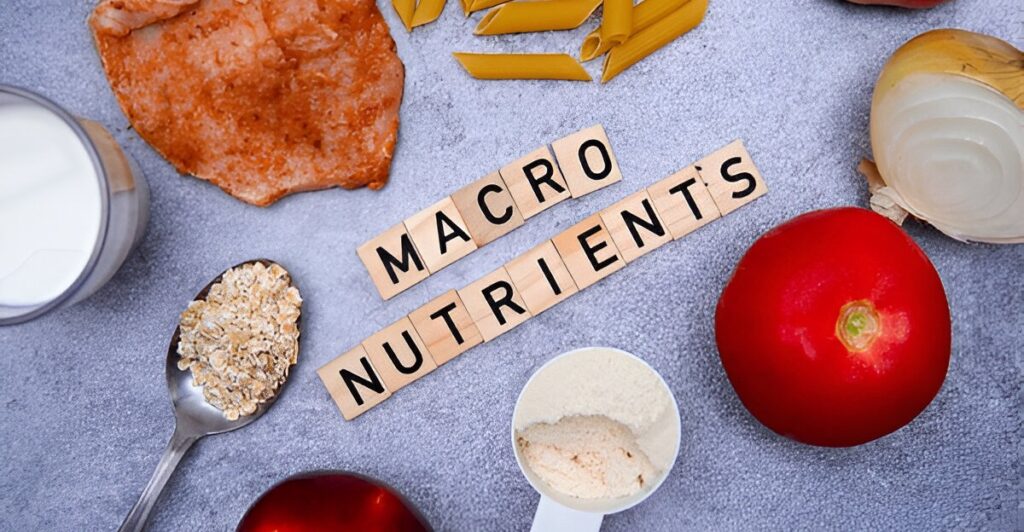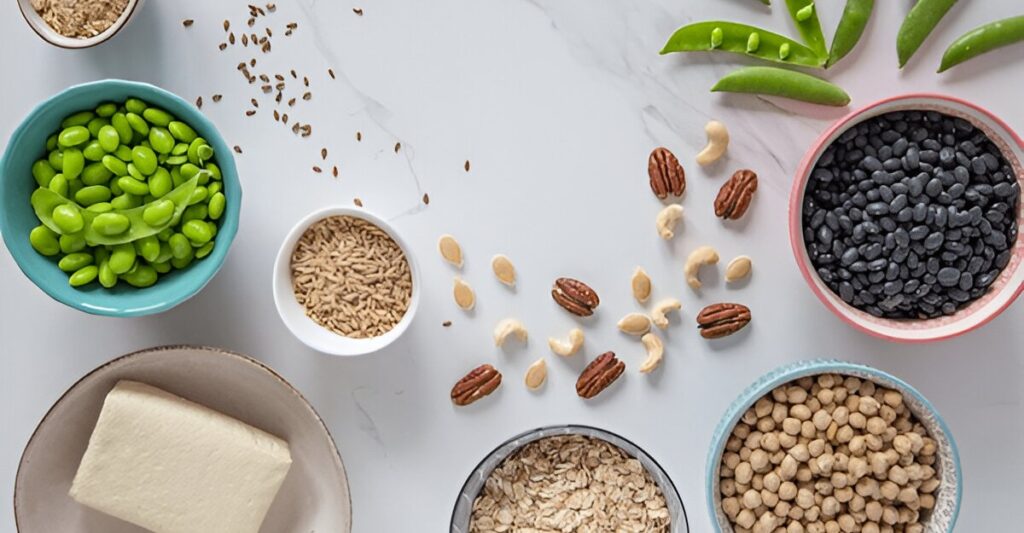You might eat a nutrient-packed diet, but are you actually absorbing all those vitamins and minerals? The bioavailability of nutrients determines how much of a nutrient your body can absorb and use, and it’s a critical factor in optimizing your health. This article dives into what bioavailability means, why it matters, and how you can enhance nutrient absorption to feel your best.
What Is Bioavailability of Nutrients?
Bioavailability refers to the proportion of a nutrient that is absorbed and utilized in your body after digestion. Not all nutrients you consume are fully available—some are lost during digestion, poorly absorbed, or affected by other factors.
For example, eating a spinach salad rich in iron doesn’t guarantee your body will absorb all that iron. Understanding the bioavailability of nutrients helps you make smarter food choices to ensure your body gets the maximum benefit from what you eat.
Why Bioavailability Matters
The bioavailability of nutrients directly impacts your health. Low bioavailability can lead to deficiencies, even if your diet seems balanced, causing symptoms like fatigue, weak immunity, or poor skin health. By optimizing nutrient absorption, you can:
- Boost Energy: Ensure your body gets enough B vitamins and iron for vitality.
- Support Immunity: Maximize zinc and vitamin C absorption to fight infections.
- Enhance Overall Wellness: Improve bone health, brain function, and more with better nutrient uptake.
A 2018 study in Nutrients highlighted that bioavailability varies widely between foods and individuals, making it a key factor in personalized nutrition. Let’s explore what affects bioavailability and how to improve it.
Factors Affecting Nutrient Bioavailability
Several factors influence how well your body absorbs nutrients:
1. Food Source
The form of a nutrient—whether it’s from plants, animals, or supplements—affects its bioavailability.
- Example: Heme iron from meat is more bioavailable (15-35% absorption) than non-heme iron from plants (2-20%), per a 2019 study in The American Journal of Clinical Nutrition.
- Takeaway: Animal-based nutrients often have higher bioavailability, but plant-based diets can be optimized with smart pairings (see below).
2. Nutrient Interactions
Some nutrients enhance or inhibit each other’s absorption.
- Enhancers: Vitamin C boosts iron absorption, while dietary fat improves fat-soluble vitamin (A, D, E, K) uptake.
- Inhibitors: Phytates in grains and legumes can bind to minerals like calcium or zinc, reducing absorption.
- Takeaway: Pair foods strategically to maximize the bioavailability of nutrients.
3. Cooking and Processing
How food is prepared can increase or decrease nutrient bioavailability.
- Positive: Cooking tomatoes increases lycopene bioavailability, per a 2020 study in Food Chemistry.
- Negative: Overcooking vegetables can destroy heat-sensitive nutrients like vitamin C.
- Takeaway: Use gentle cooking methods like steaming or light sautéing to preserve nutrients.
4. Gut Health
A healthy gut is essential for nutrient absorption. Conditions like leaky gut or low stomach acid can impair bioavailability.
- Example: Probiotics may enhance the absorption of minerals like magnesium, per a 2021 study in Gut Microbes.
- Takeaway: Support gut health with fiber, fermented foods, and hydration.
5. Individual Factors
Age, genetics, and health status influence how your body absorbs nutrients.
- Example: Older adults may absorb less vitamin B12 due to reduced stomach acid, per a 2017 study in Journal of Nutrition.
- Takeaway: Tailor your diet to your life stage and health needs.
Key Nutrients and Their Bioavailability
Here’s how the bioavailability of nutrients works for some common vitamins and minerals, along with tips to optimize absorption:
1. Iron
- Types: Heme (meat, fish) is highly bioavailable; non-heme (spinach, lentils) is less so.
- Boost It: Pair non-heme iron with vitamin C-rich foods (e.g., lentils with bell peppers). Avoid coffee or tea with iron-rich meals, as they contain inhibitors like tannins.
- Example: A spinach salad with strawberries and chicken maximizes iron absorption.
2. Calcium
- Sources: Dairy is highly bioavailable; plant sources like kale are less so due to oxalates.
- Boost It: Consume calcium with vitamin D (e.g., fortified milk) and avoid high-phytate foods like raw bran.
- Example: Greek yogurt with a side of salmon boosts calcium and vitamin D uptake.
3. Fat-Soluble Vitamins (A, D, E, K)
- Sources: Found in colorful vegetables, nuts, and fatty fish, but require dietary fat for absorption.
- Boost It: Pair with healthy fats (e.g., carrots with olive oil or salmon with avocado).
- Example: A mixed veggie stir-fry with olive oil enhances vitamin A and K absorption.
4. Zinc
- Sources: Oysters and beef are highly bioavailable; plant sources like beans are less so due to phytates.
- Boost It: Soak or sprout grains and legumes to reduce phytates. Pair zinc with protein-rich foods.
- Example: Lentil soup with chicken and soaked quinoa improves zinc uptake.
5. Vitamin B12
- Sources: Animal products (meat, eggs) are highly bioavailable; fortified foods or supplements are key for vegans.
- Boost It: Ensure adequate stomach acid by avoiding overuse of antacids.
- Example: A breakfast of eggs and fortified cereal supports B12 absorption.
Practical Tips to Maximize Nutrient Bioavailability
Ready to harness the bioavailability of nutrients? Try these strategies:
- Pair Foods Wisely: Combine nutrients that enhance absorption, like iron with vitamin C or fat-soluble vitamins with healthy fats.
- Prep Foods Smartly: Soak, sprout, or ferment grains and legumes to reduce anti-nutrients like phytates. Lightly cook vegetables to balance nutrient retention and bioavailability.
- Support Gut Health: Eat fiber-rich foods, probiotics (yogurt, kefir), and prebiotics (garlic, onions) to optimize digestion and absorption.
- Time Your Meals: Avoid consuming inhibitors (e.g., tea) with nutrient-rich meals. For example, drink coffee an hour after an iron-heavy meal.
- Consider Supplements Carefully: If bioavailability is low (e.g., plant-based iron), supplements can help, but consult a dietitian to avoid overdoing it.
Sample Meal Plan for Nutrient Absorption
Here’s a one-day meal plan designed to maximize the bioavailability of nutrients:
- Breakfast: Scrambled eggs with spinach and orange slices (iron + vitamin C, B12).
- Snack: Greek yogurt with walnuts and blueberries (calcium, healthy fats, antioxidants).
- Lunch: Grilled salmon with quinoa and steamed broccoli drizzled with olive oil (vitamin D, zinc, fat-soluble vitamins).
- Snack: Hummus with bell pepper strips and soaked chickpeas (iron + vitamin C).
- Dinner: Lean beef stir-fry with kale and sweet potato (heme iron, vitamin A, fiber).
Tip: Sip water or herbal tea between meals to avoid diluting digestive enzymes.
Common Myths About Nutrient Bioavailability
Let’s clear up some misconceptions:
- Myth 1: All Nutrients Are Absorbed Equally
Bioavailability varies widely based on food source, preparation, and your body’s needs. - Myth 2: More Is Always Better
Excessive intake of some nutrients (e.g., iron) can reduce absorption or cause harm. Balance is key. - Myth 3: Supplements Are Always Necessary
A well-planned diet can meet most needs, though supplements may help in specific cases (e.g., vegan B12).
The Science Behind Bioavailability
Research underscores the importance of bioavailability. A 2020 study in Food & Function found that pairing non-heme iron with vitamin C increased absorption by up to 3 times. Similarly, a 2019 study in Nutrients showed that dietary fat doubled the bioavailability of vitamin D from supplements. By applying these findings, you can make your diet work harder for you.
Conclusion
The bioavailability of nutrients is a critical piece of the nutrition puzzle, determining how much benefit you get from the foods you eat. By understanding what affects absorption—food pairings, preparation, gut health, and more—you can optimize your diet to boost energy, immunity, and overall wellness.
Start small: try pairing iron-rich foods with vitamin C or cooking veggies with a drizzle of olive oil. With mindful choices, you’ll unlock the full potential of your meals and feel the difference.
Call to Action: Ready to boost nutrient absorption? Share your favorite food pairing or try one of our tips this week—let us know how it goes in the comments!


